
- 1. Signs of Carpet Moth Infestation
- 1.1 Look for Physical Signs of Carpet Moths
- 1.2. Check for Damage to Your Carpets and Fabrics
- 1.3. Look for Carpet Moth Eggs and Larvae
- 1.4. Check for Carpet Moth Droppings
- 2. Treatment Options for Carpet Moth Infestation
- 3. Benefits of Professional Carpet Cleaning for Carpet Moth Treatment
- 4. Types of Chemical Treatments
- 5. Prevention and Maintenance
Part 1: Signs of Carpet Moth Infestation
Look for Physical Signs of Carpet Moths
Carpet moths are small, pale brown insects with a wingspan of about 1/2 inch (1.27 cm) when fully grown. They have a distinctive shiny appearance and are often mistaken for common house moths.
In terms of their preferred locations, carpet moths tend to thrive in areas closely associated with natural fiber materials. This includes carpets, particularly those crafted from materials like wool or silk, where they are frequently found. They can also infest area rugs, especially when these rugs are placed in dimly lit or undisturbed spaces. Additionally, carpet moths may extend their presence to closets, particularly if you store items made of natural fibers like clothing or blankets within them. These locations provide the ideal environment for these moths to feed on and damage these materials.
Check for Damage to Your Carpets and Fabrics
Moth Damage
Frayed Areas: One of the primary signs of carpet moth infestation is the presence of frayed or worn areas on your carpets and fabrics. Carpet moths feed on the natural fibers within these materials, resulting in irregularly shaped holes or patches of loose, damaged fibers. Severity Indicators: The extent of the damage can vary widely. In mild cases, you may notice small, isolated frayed areas. However, in more severe infestations, the damage can be extensive, with large, noticeable holes appearing in the affected materials.
Severity Indicatorss
The extent of damage can vary. Look for signs of extensive fraying, especially around the edges of carpets or in hidden areas. Severe infestations may lead to large, noticeable holes in the affected materials.
Look for Carpet Moth Eggs and Larvae
Where to Look for Eggs and Larvae:
Natural Fibers: Carpet moths lay their eggs on natural fibers like wool, silk, and cotton. Inspect these materials closely.
Undisturbed Areas: Eggs and larvae are commonly found in undisturbed areas, such as under furniture, along baseboards, and in the corners of rooms.
How to Identify Eggs and Larvae
Eggs: Carpet moth eggs are tiny and oval, typically a whitish or creamy color. They are often attached to the fibers and can be hard to spot individually.
Larvae: Carpet moth larvae are small, caterpillar-like creatures with a creamy-white body and a brown head. They are about 1/2 inch (1.27 cm) in length.
Check for Carpet Moth Droppings
Carpet moth droppings, also known as frass, serve as another important indicator of a carpet moth infestation. These droppings have a distinctive appearance, appearing as small black
specks or granules. They are often found in close proximity to areas where carpet moths have been actively feeding and causing damage, such as frayed carpet sections or fabric holes. These black specks, resembling grains of black pepper, can accumulate over time and provide a clear visual cue that carpet moths are present and actively affecting your materials.
Regularly inspecting for the presence of these droppings is essential for early detection and intervention, helping to prevent further damage to your carpets and fabrics.
Part 2: Treatment Options for Carpet Moth Infestation
Vacuuming
Regular vacuuming is one of the most crucial steps in carpet moth prevention. Vacuum your carpets, rugs, and upholstered furniture frequently, paying special attention to corners, edges, and hidden areas where moths tend to lay eggs. Dispose of the vacuum bag or clean the canister outside your home to prevent any potential re-infestation.
Natural Repellents
Consider using natural repellents like cedar chips, lavender sachets, or dried rosemary placed in your closets, drawers, and storage areas. These scents frequently deter moths.
Freezing
If you have small items that can fit in your freezer (like clothing or smaller rugs), placing them in the freezer for a few days can kill moth eggs and larvae. Seal the items in plastic bags before freezing to prevent condensation damage.
Heat
Exposing infested items to high temperatures can also be effective. Washing clothing, linens, and rugs in hot water or using a hot dryer can kill moth larvae and eggs.
Regular Cleaning
Keep your home clean and well-maintained. Remove clutter and vacuum under furniture regularly to eliminate potential hiding spots for moths.
Sealing Cracks and Openings
Seal any cracks or openings in walls, windows, and doors to prevent moths from entering your home.
Store Natural Fiber Items Properly
Store natural fiber clothing, blankets, and rugs in airtight containers or vacuum-sealed bags to protect them from moths.
Moth Traps
Consider using pheromone-based moth traps, which can help reduce the population of male moths by attracting and trapping them.
Professional Cleaning
For severe infestations or valuable items, consult a professional pest control service or dry cleaner experienced in dealing with moth infestations.
Professional Carpet Cleaning
Benefits of Professional Carpet Cleaning for Carpet Moth Treatment
Expertise and Experience: Professional carpet cleaning services have the knowledge and experience to identify and effectively treat carpet moth infestations. They understand the behavior of moths and the best methods to eradicate them.
Thorough Cleaning: These services use specialized equipment and cleaning solutions to thoroughly clean your carpets, which can help eliminate not only adult moths but also their eggs and larvae hidden deep within the fibers.
Prevention: Professional cleaners often apply preventive treatments after cleaning to deter future infestations. This can include using moth repellents or advising on ways to minimize the risk of re-infestation.
Safety Precautions: Reputable carpet cleaning companies take safety seriously. They use safe and eco-friendly cleaning products, ensuring the health and well-being of your family and pets.
Chemical Treatments
Types of Chemical Treatments
Insecticides: Insecticides designed specifically for moths can be used to treat affected areas. These products come in various forms, including sprays, powders, and foggers. They contain chemicals that target moths and their larvae, disrupting their life cycle and preventing further infestations.
Moth Repellents: Moth repellents are chemical substances that deter moths from infesting your carpets and fabrics. They are available in various forms, such as sachets, sprays, and balls. Moth repellents often contain ingredients like naphthalene or cedar oil, which moths find unpleasant.
Part 3: Prevention and Maintenance
Regular Inspections
Preventing carpet moth infestations starts with vigilance and regular inspections. But how often should you inspect your carpets and fabrics? Ideally, you should conduct thorough inspections at least once a month. However, if you've had previous encounters with carpet moths or live in an area prone to infestations, consider increasing the frequency of your inspections. Remember, early detection is key to preventing these unwanted pests from causing extensive damage.
Preventive Measures
- Implement proactive measures to safeguard your belongings.
- Maintain a clean, clutter-free home environment.
- Vacuum carpets and clean closets regularly.
- Launder or dry-clean natural fiber items frequently.
- Use natural moth repellents like cedar chips, lavender sachets, or dried rosemary.
- Rotate or shake out infrequently used natural fiber belongings.
- Control the temperature in your home to keep it cool and dry, discouraging moth infestations.
Preventive Measures
- Implement proactive measures to safeguard your belongings.
- Maintain a clean, clutter-free home environment.
- Vacuum carpets and clean closets regularly.
- Use of Mothballs: Mothballs can deter moths but should be used carefully, stored in sealed containers, and not in direct contact with fabrics.
- Storing Natural Fibers in Airtight Containers: Protect clothing, blankets, and rugs by storing them in airtight containers or vacuum-sealed bags to create barriers against moths.
- Other Preventive Tips: Maintain a clean and clutter-free home; vacuum carpets; clean closets; launder or dry-clean natural fiber items frequently; use natural moth repellents; rotate infrequently used items; and control the indoor temperature to discourage moths.
It's important to be proactive when it comes to carpet moth infestation. Ignoring the issue can lead to costly repairs and severe damage. To prevent future infestations, keep the area clean and well-ventilated. If you're already dealing with an infestation, seeking professional carpet cleaning services is a comprehensive solution that can eliminate the problem and prevent it from happening again. Don't wait until it's too late to take action. Protect your carpets and keep your home safe and healthy.

Professional Cleaning Services in Brisbane
book now
Recent Posts
-

Top 10 Bond Cleaning Tips to Ensure You Get Your Full Deposit Back
January 18, 2024
Admin
-
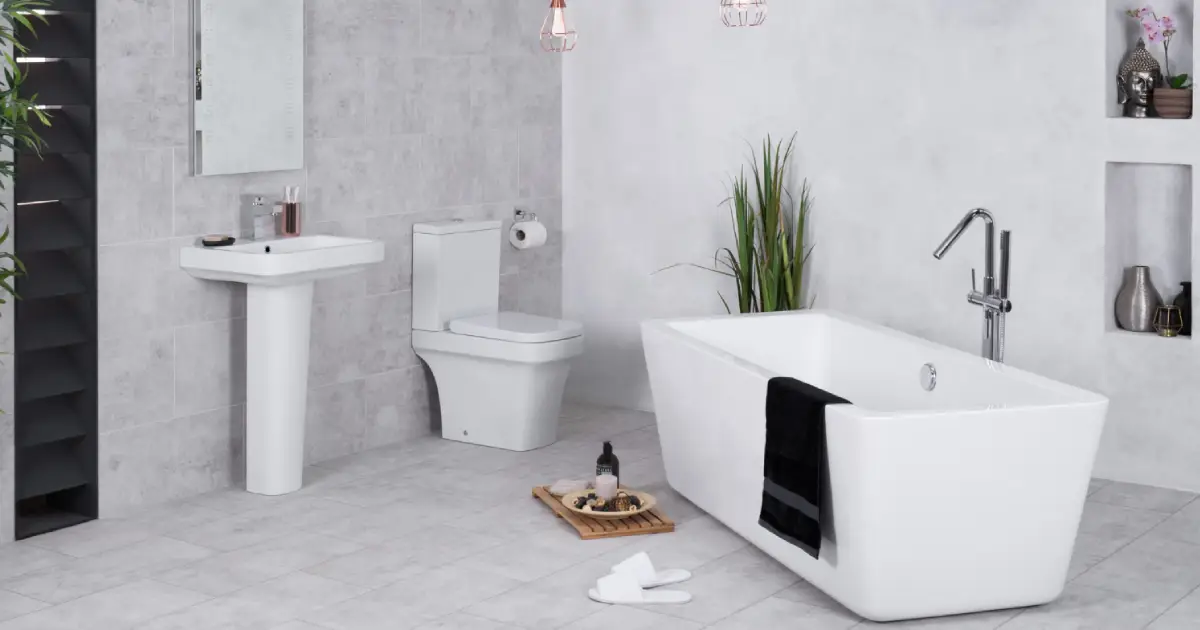
The Ultimate Guide to Getting Rid of Bathroom Odors
December 30, 2023
Admin
-

Renter's Guide to End-of-Lease Cleaning: Scrubbing Away Stress!
December 28, 2023
Admin
-
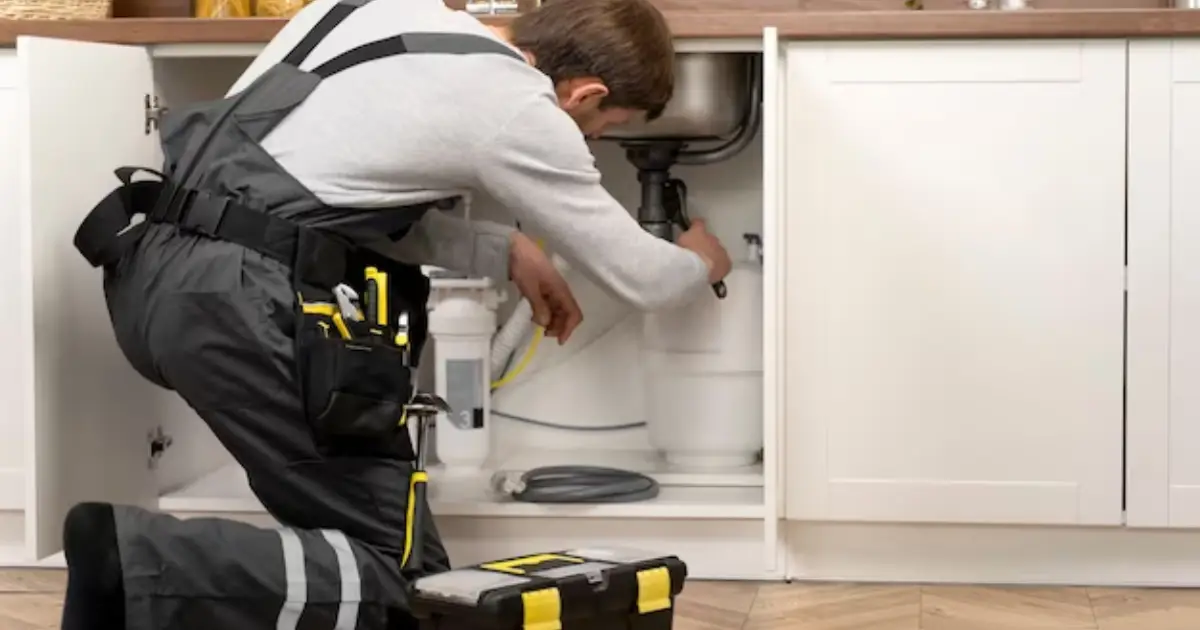
How to Eliminate Drain Flies
December 04, 2023
Admin
-

A Comprehensive Guide to Polishing Tiles
December 04, 2023
Admin
-
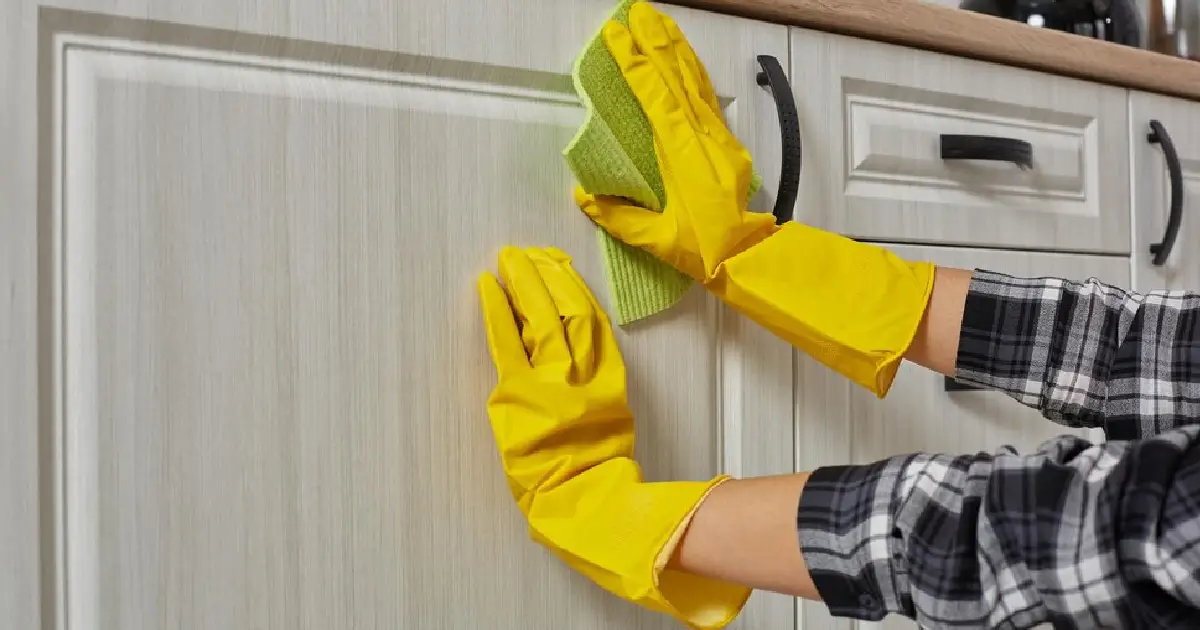
Why Do Your Cabinets Need More Attention Than You Think?
November 16, 2023
Admin
-
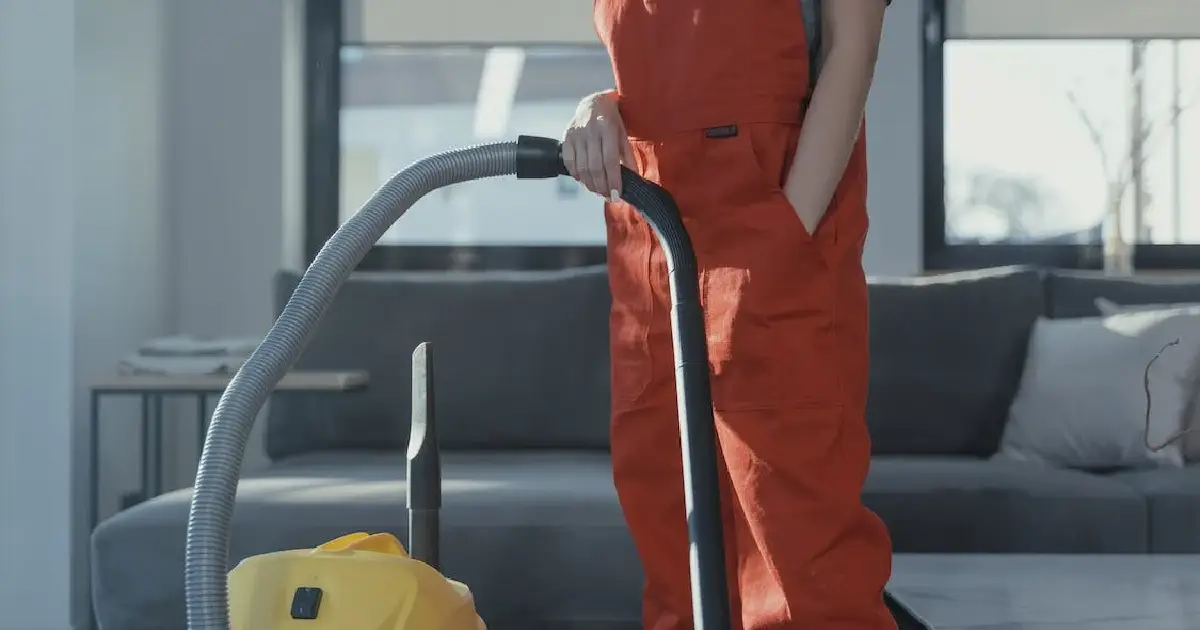
Are Upholstery Cleaners Worth It?
October 30, 2023
Admin
-
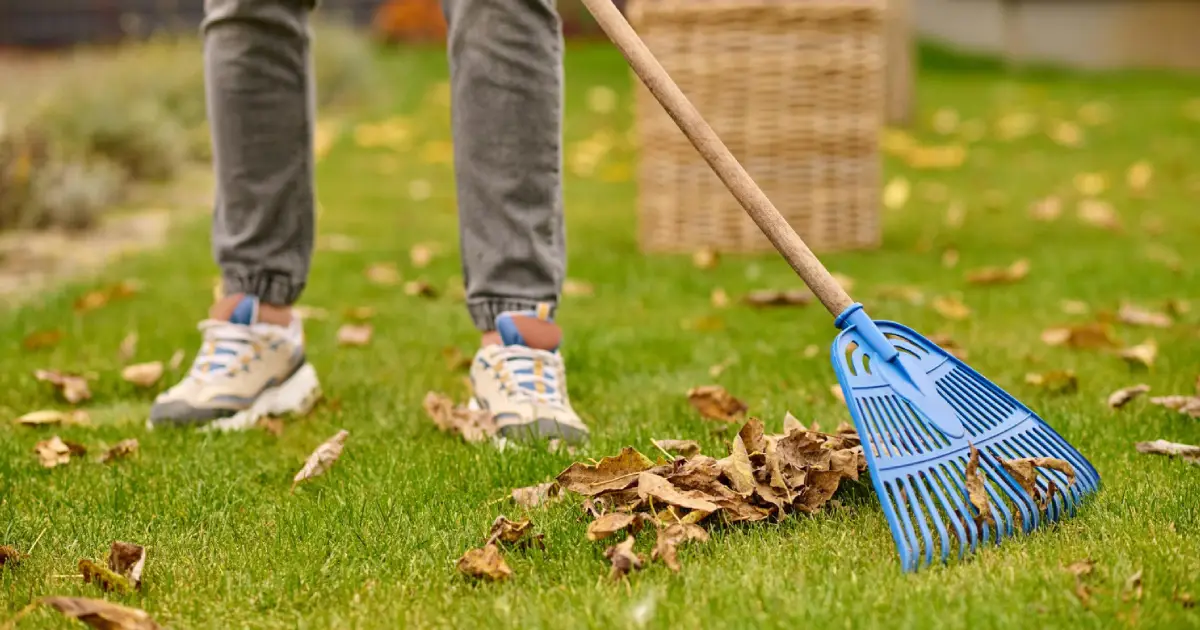
The Ultimate Winter Cleaning Checklist For Your Home
August 03, 2023
Admin
-
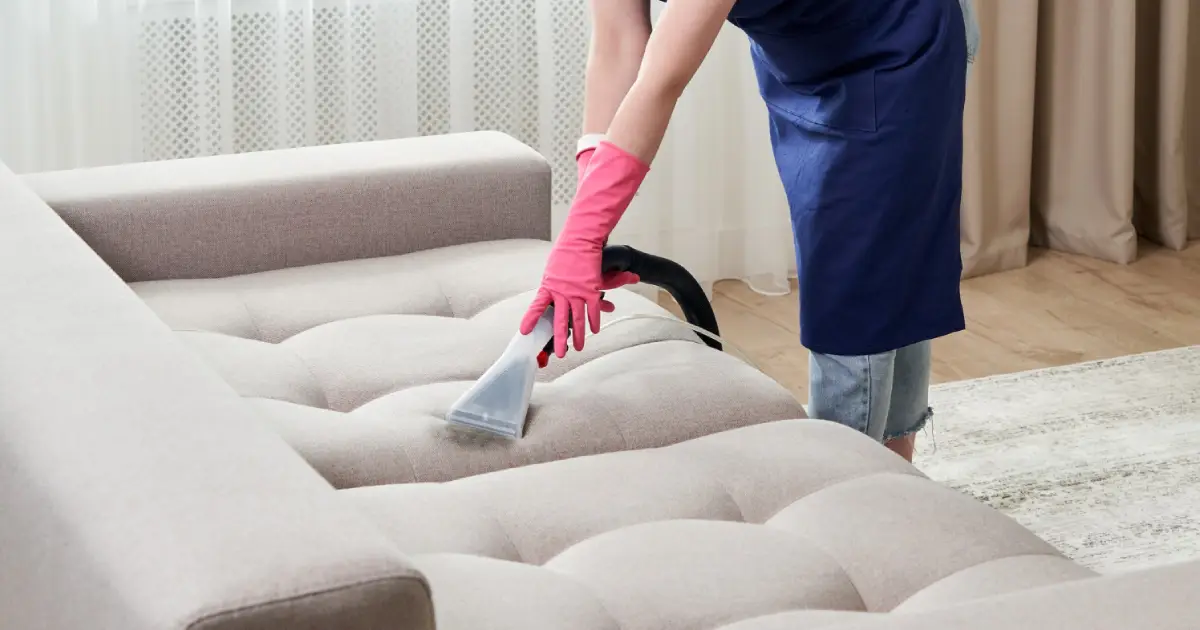
Winter Care: Effective Upholstery Cleaning
July 31, 2023
Admin
-

Ten Tips For Carrying Out Your Own Car Maintenance
March 24, 2023
Admin
-

7 Tips for Cleaning Hard-to-Reach Areas in Your Home
March 02, 2023
Admin
-
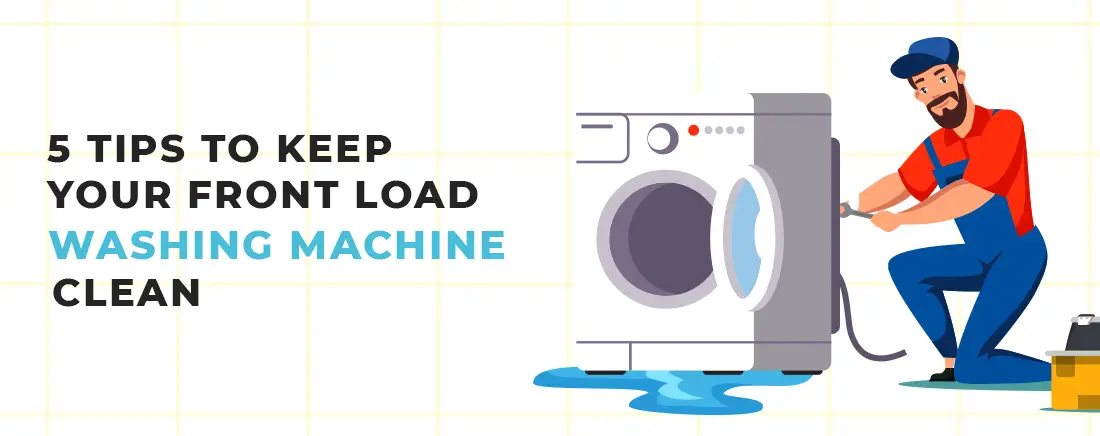
5 Tips To Keep Your Front Load Washing Machine Clean
May 31, 2022
Admin
-
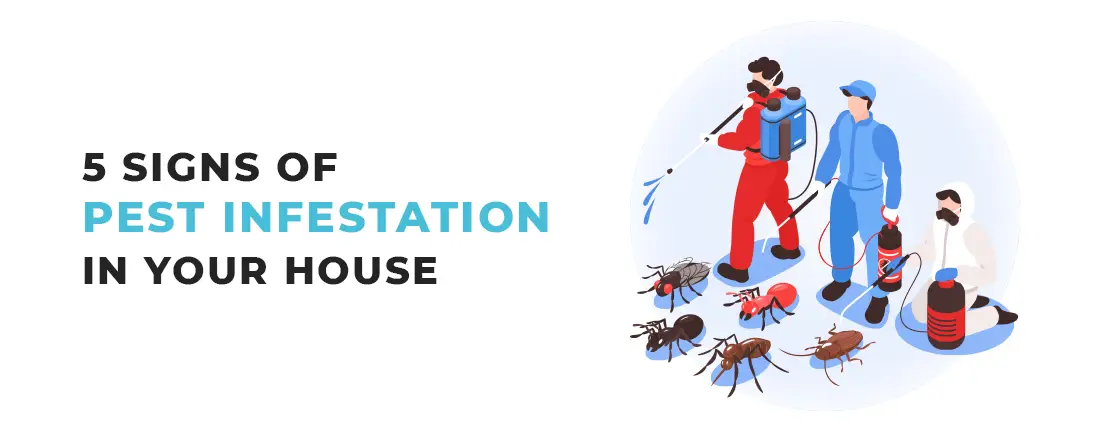
5 Signs Of Pest Infestation In Your House
May 27, 2022
Admin







